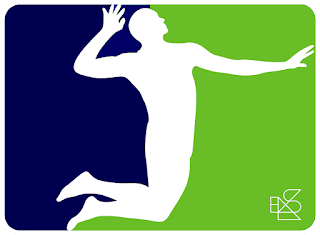Modern Approach to Coaching
I recently finished running a 5 day volleyball coaches course. Forty hours of education and development of volleyball coaches. Wonderful and exhausting!
Afterwards I got asked if I'd been sharing any new ideas. My first reaction was, 'no, there are no new ideas'. Having said that, many old ideas have not yet been adopted by most coaches, for various different reasons.
Old Idea #1
The fundamental difference the 'Modern Coaching Approach' and, well, everything else, is that it places the emphasis on the coach as the teacher. So if the athlete hasn't learned, it is not because they are lazy or not talented or disruptive or not committed, it is because the coach hasn't done their job yet. A great description of this comes from a coach who was successful in the 1960s (not new): 'You haven't taught until they have learned'.
This way of thinking completely changes the dynamic of a practice session on its head when you think about it. For example, if it is the coach's responsibility, then if the players aren't doing it 'right' should the coach be running laps for punishment? (Answer: of course not, no one should, but hopefully it makes you think.)
Old Idea #2
- because they are getting better,
- they are having fun, and
- they enjoy being part of the group.
Old Ideas #3 and #4
Modern Coaching Approach
- how can I be GREAT at teaching?
- how can I get the most from every moment of every session?
- how can I get through to every child/athlete I'm coaching?
- drill design - how can I get the most learning in the least time?
- child pedagogy - how do children develop physically and how can I use this knowledge to teach better?
- psycho-social development - how do children develop mentally and emotionally and how can I use this knowledge to teach better?
- reflection - how much time to I spend reflecting on every session and interaction I have so I can teach better?
- critical friends - how much time to I spend getting feedback from others I trust in order to ensure I can teach better?
- group dynamics - how can I manage group behaviour to create the optimal environment for players/children to learn better?
- trust and support - how can I ensure I create an environment where players/children feel they can take the risks required to operate in the uncomfortable space required to change behaviour?
- brain neurochemistry - how to I optimise this to ensure players/children learn better?



Comments
Post a Comment